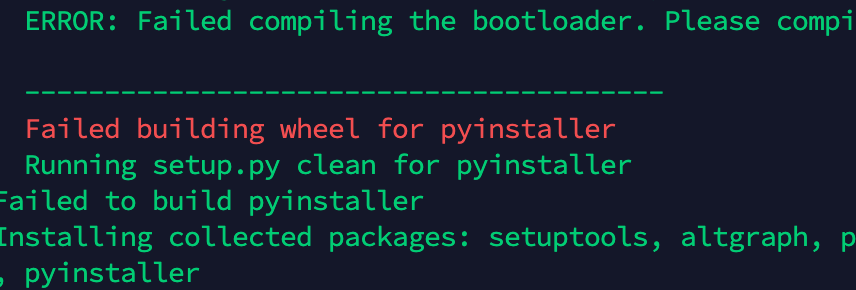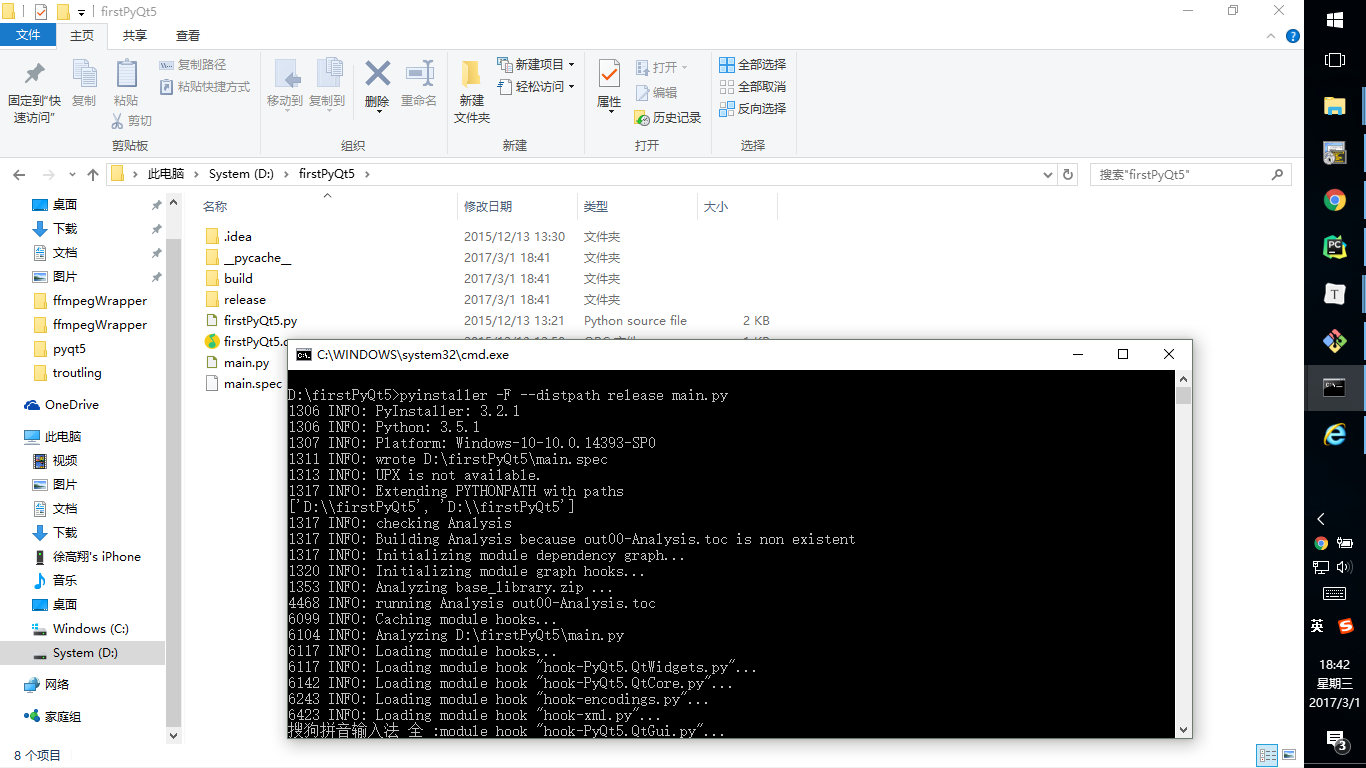
Python pyinstaller.py -windowed your_main_file.py Mac OS X: (You want an App bundle with windowed output, hence -windowed).Python pyinstaller.py -onefile your_main_file.py Windows: (You want a single EXE file with your data in it, hence -onefile).Instead, use something like font = Font(resource_path(os.path.join('data', 'freesansbold.ttf')), 14). In other words, don’t use font = Font(None, 26).
 Specify exactly where your fonts are (and include them in the data directory). This is mostly for convenience – it allows you to access your resources while developing, but then it’ll add the right prefix when it’s in the deployment environment. Myfontfile = resource_path(os.path.join(data_dir, filename) Return os.path.join(sys._MEIPASS, relative)Īn example of usage would be filename = 'freesansbold.ttf' Modify your code so that whenever you refer to your data directory, you wrap it using the following function:. To install the Command Line tools, first install XCode from the App Store, then go to Preferences – Downloads and there is an option to download them there. On Mac OS X, you will need XCode’s command line tools.
Specify exactly where your fonts are (and include them in the data directory). This is mostly for convenience – it allows you to access your resources while developing, but then it’ll add the right prefix when it’s in the deployment environment. Myfontfile = resource_path(os.path.join(data_dir, filename) Return os.path.join(sys._MEIPASS, relative)Īn example of usage would be filename = 'freesansbold.ttf' Modify your code so that whenever you refer to your data directory, you wrap it using the following function:. To install the Command Line tools, first install XCode from the App Store, then go to Preferences – Downloads and there is an option to download them there. On Mac OS X, you will need XCode’s command line tools.  On Windows, you might also need pywin32 (and possibly MinGW if you don’t have Visual Studio). Here’s how you use PyInstaller and PyGame to create a single-file executable from a project that has a data directory that contains resources like images, fonts, and music.
On Windows, you might also need pywin32 (and possibly MinGW if you don’t have Visual Studio). Here’s how you use PyInstaller and PyGame to create a single-file executable from a project that has a data directory that contains resources like images, fonts, and music. 
How to Create a Single Windows Executable from a Python and PyGame Project (Summary)







 0 kommentar(er)
0 kommentar(er)
